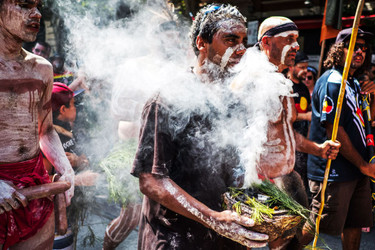11 Facts About Aboriginal Australian Ceremonies
Posted by Evia Norwood on 20th Aug 2021
Hundreds of Indigenous social groups perform thousands of nuanced cultural rituals across the length and breadth of the Australian continent, meaning there are millions of things to learn about Aboriginal Australian ceremonies. Here are 11 interesting facts to get you started.
Corroborees are the most well known Indigenous ceremony
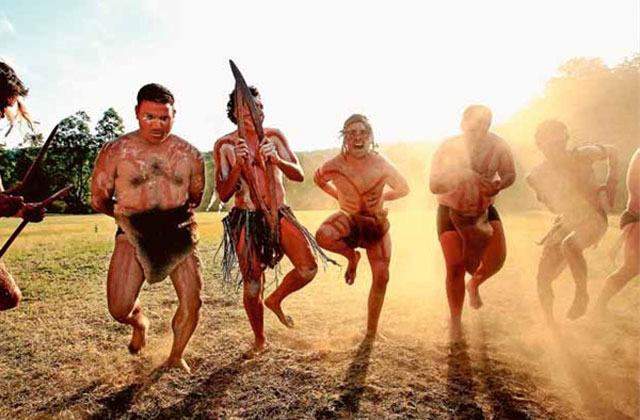
A corroboree is a generic name for an Aboriginal dance ritual, often involving costumes and music. The term was first used by British colonisers, who mangled the original Indigenous word ‘caribberie’, and is now used in the Australian vernacular to refer to any large gathering of people.
Different parts of the country have different types of corroborees
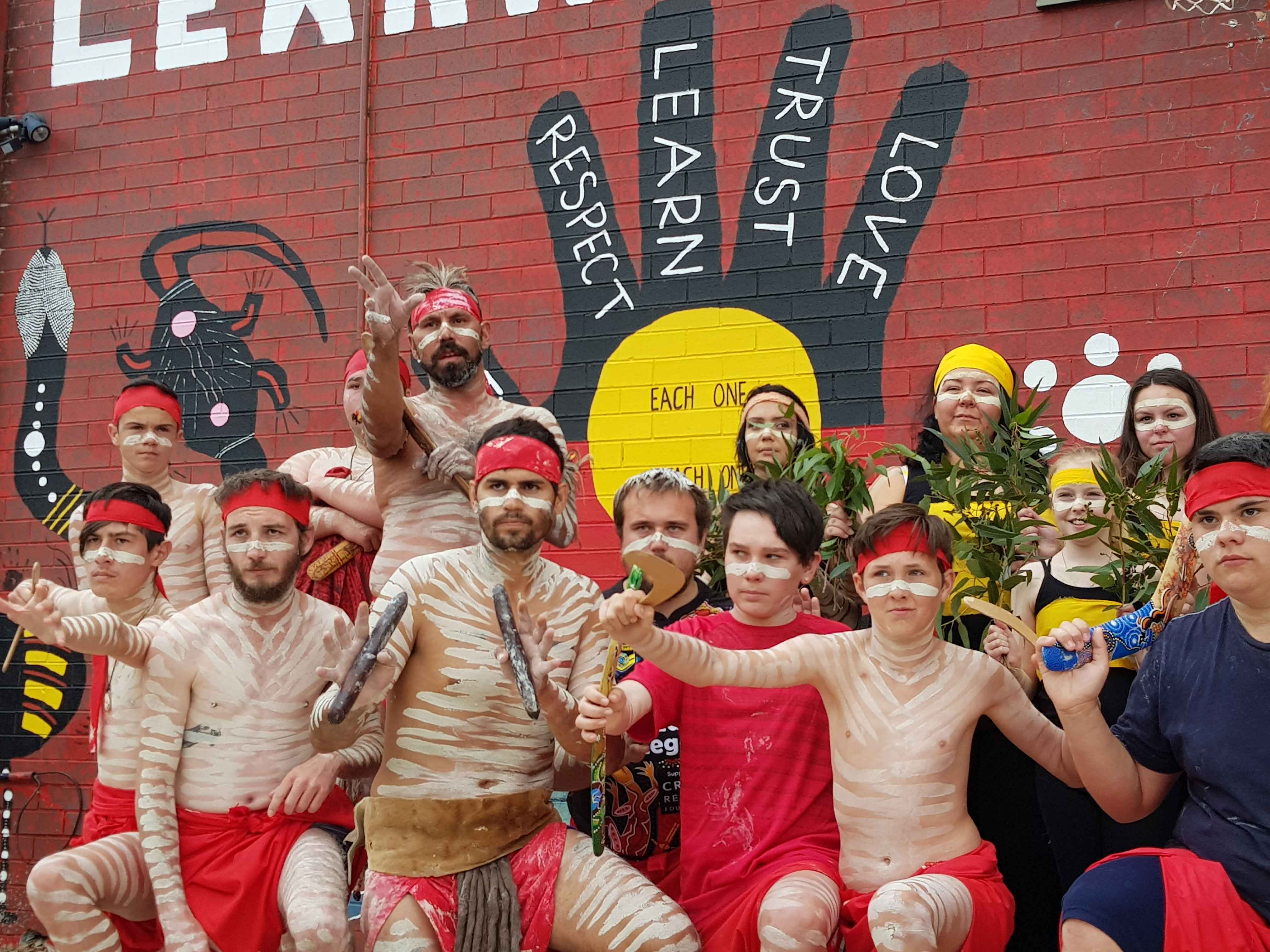
The Australian continent is enormous—almost eight million square kilometres, in fact—and it’s home to hundreds of distinct clan groups, or nations. Each of these groups had their own style of corroboree—in the Pilbara, it’s called yanda or jalarra, whereas in the Kimberley, corroborees are called junba.
Ceremonies celebrate the Dreaming

The English language doesn’t do justice to profound epistemology of the Dreaming, which can be basically described as Aboriginal Australians’ religious-cultural worldview. The music and dancing at traditional ceremonies help pass down this rich cultural knowledge.
Indigenous Australians practise rite of passage rituals
Again, ceremonies vary greatly around Australia, but rite of passage rituals are a common way of marking the transition from childhood to adulthood. Male-only ’bora’ celebrations take place at sacred sites and can sometimes last for weeks at a time, as older men prepare boys for the next phase of their life.
Smoking ceremonies are cleansing
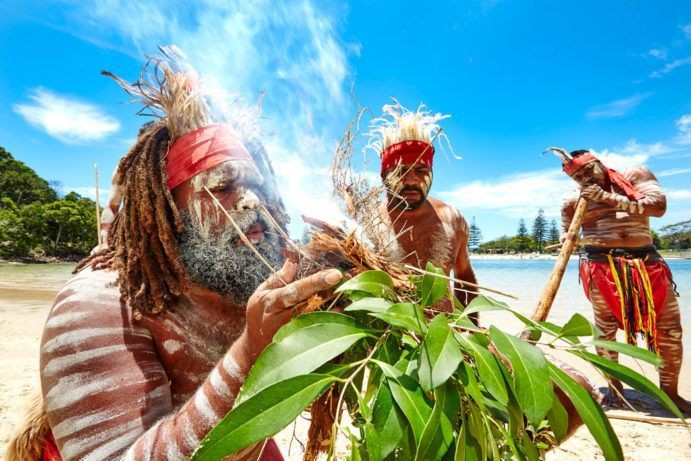
Burning native plants is an ancient custom among Aboriginal and Torres Strait Islander people. The idea behind these smoking ceremonies? To acknowledge ancestors, ward off evil spirits, and heal and cleanse the place and the participants. Scientists have even proved the medicinal properties of burning emu bush.
‘Walkabout’ is another rite of passage
The term ‘walkabout’ has taken on a pejorative connotation that denigrates its deep spiritual meaning, but the ritual refers to the process of adolescent males living away from their social group for months at a time in order to become a man. A recently coined label that’s more respectful is ‘temporary mobility’.
Body art is an ancient tradition

Bright, creative body painting is another traditional custom that dates back millennia of Indigenous culture. The ornamentation reflects a person’s family, ancestors, social grouping and territory, and is a deeply spiritual practice, particularly around marriage ceremonies. The style of art varies greatly around the different nations that inhabit the Australian continent.
Burial rituals are sacred
As in all cultures, death is treated with immense reverence by Aboriginal and Torres Strait Islander communities, who believe that the soul joins the eternal Dreaming. Burial rituals often take place in two stages—first the corpse is left to decay on a platform, then the bones are dispersed around the landscape.
Music is central to Indigenous ceremonies

The didgeridoo—a long wooden tube from Arnhem Land in the Northern Territory—is the most famous Aboriginal musical instrument, but it’s not the only one. The flat wooden bullroarer, percussive clapping sticks, and the humble gum leaf are all also used in Aboriginal Australian ceremonies.
Some stones are sacred
In Central Australia, a Tjurunga (or Churinga) is a stone that carries religious significance in Indigenous culture, and is incorporated into rituals in a number of ways. You might spot these decorative stone carvings in costumes or headwear, instruments or poles, believed to be the incarnation of that group’s totem animal.
Welcome to Country ceremonies are becoming common
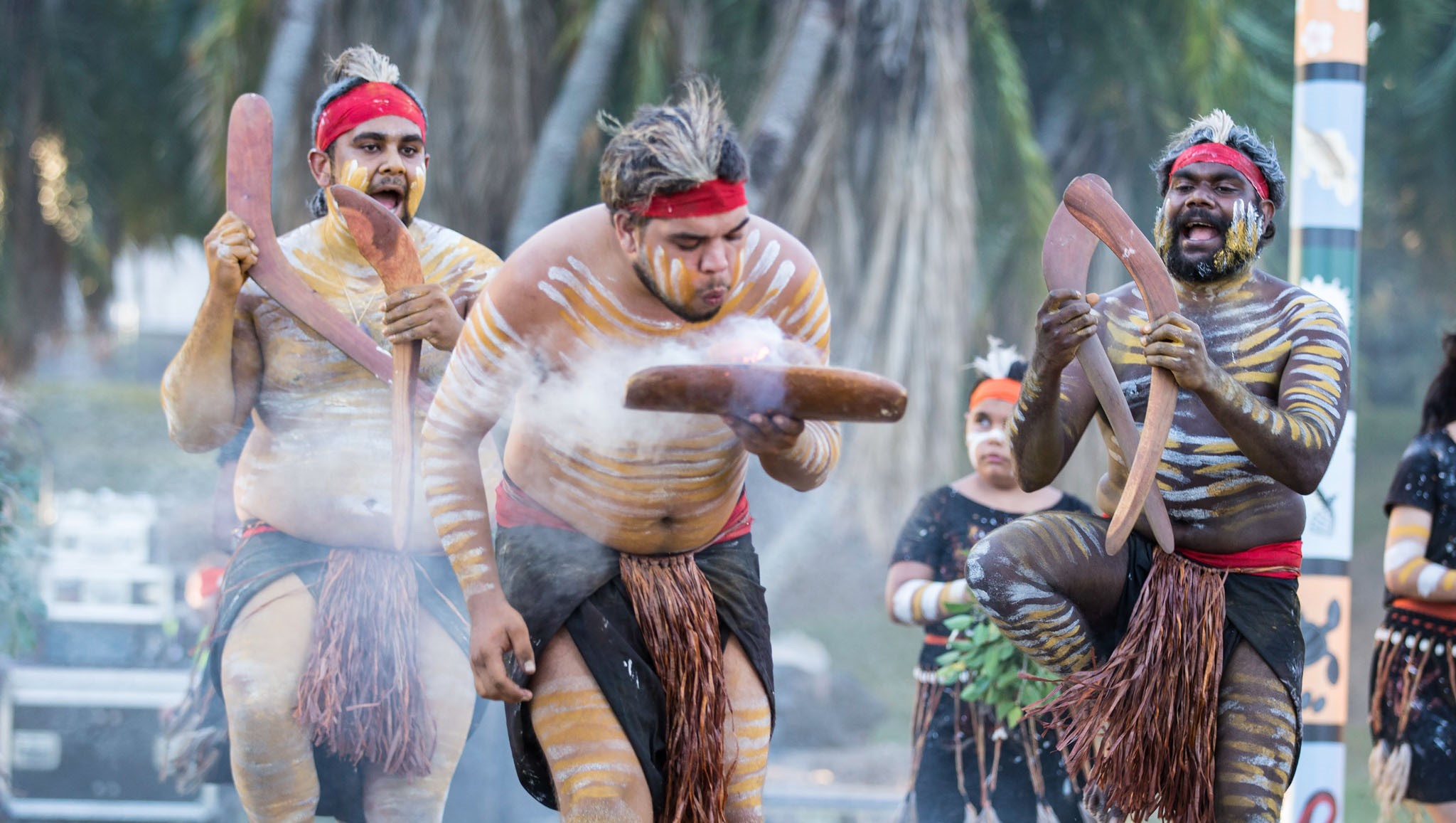
Indigenous societies have always acknowledged the traditional custodians of the land prior to performing a ceremony, but it’s only more recently that these Welcome to Country acknowledgements have entered the mainstream. Most official meetings, events and sports games now begin with paying one’s respects to the Aboriginal and Torres Strait owners of the territory.
Source: theculturetrip.com

